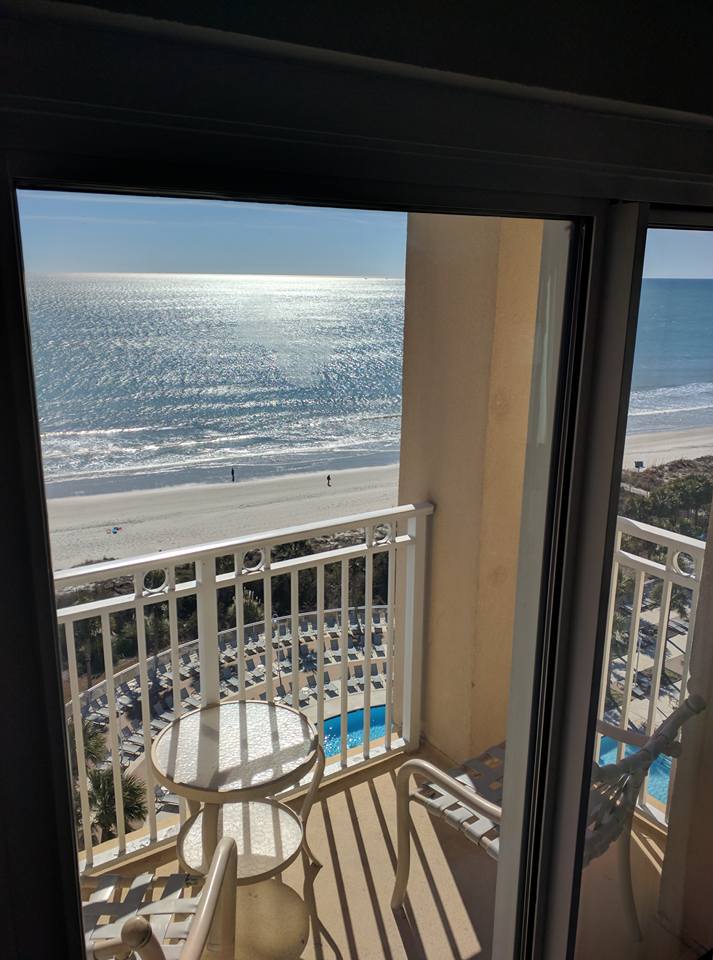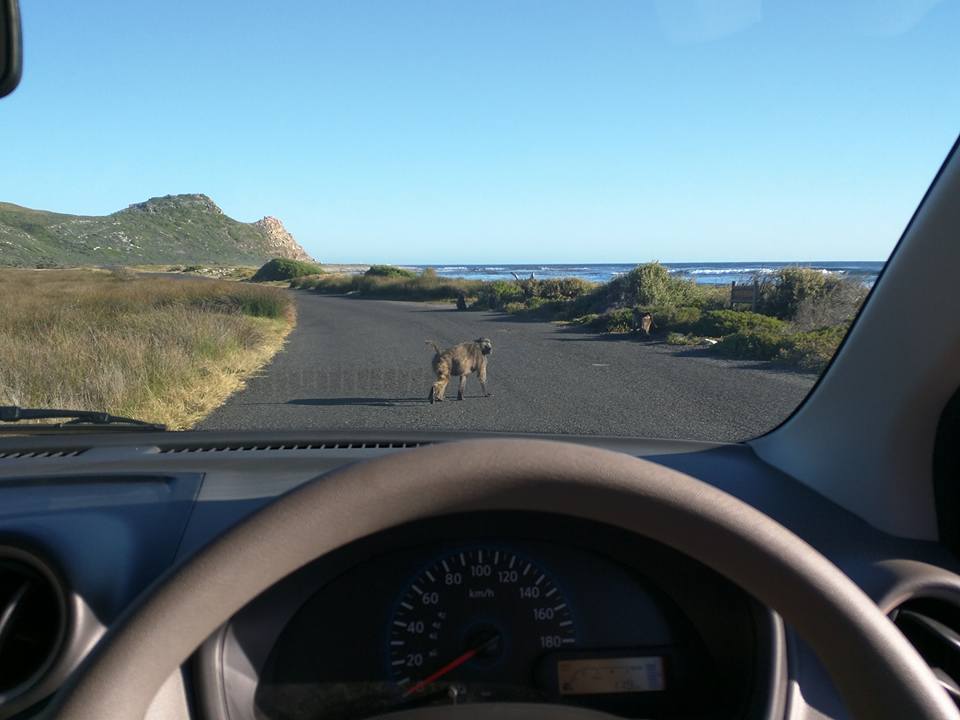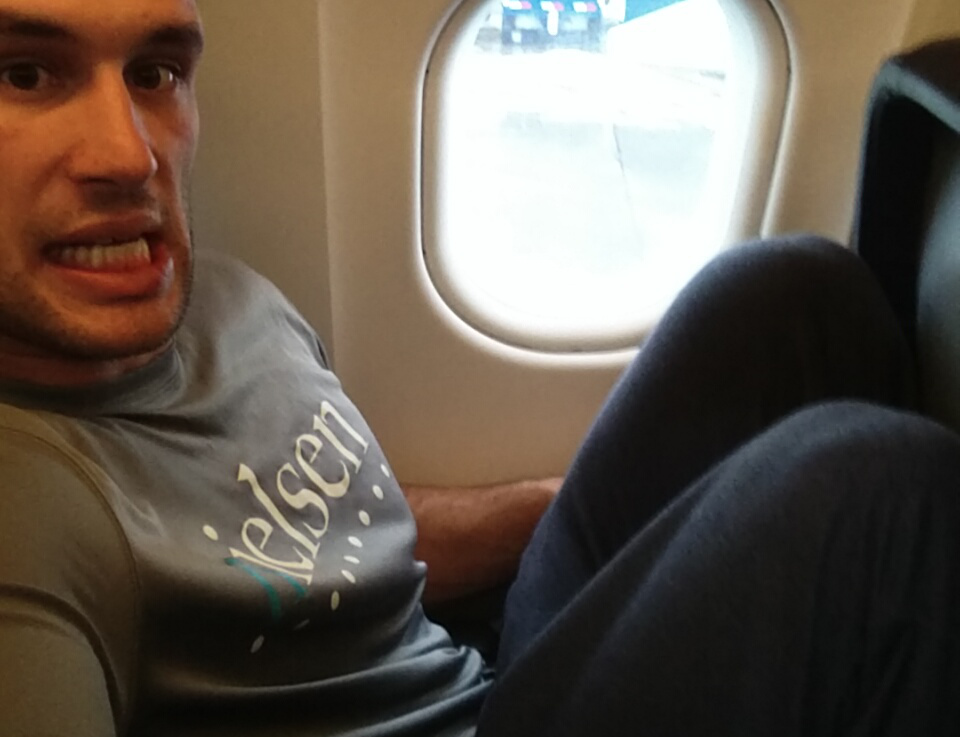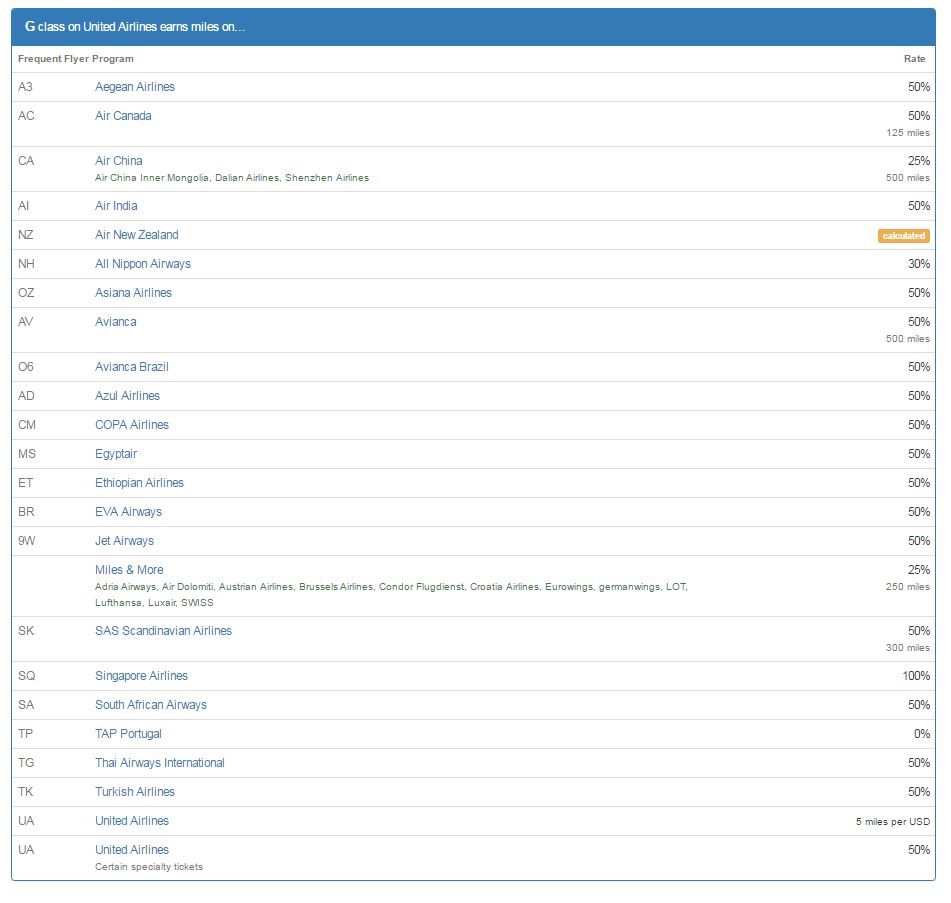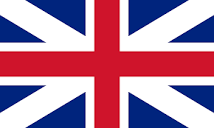One of the nice perks about being a “churner” is that you eventually get to the point where you have enough miles across a range of accounts that anywhere you want to go is within reach. While it’s hard to pinpoint exactly when I got to this point, I’d like to say it took me around 2-3 years of taking advantage of credit card bonuses.
Of course, as I’ve written about earlier, once people like us accumulate enough miles, there is a tendency to “hoard”, to be reluctant to spend them in order to “save up” for that big redemption. But in reality, miles, unlike cash, only depreciate over time, and are worth as much as one company says they’re worth.
A little under a year ago, I heard about a new charity formed by members of the incredible r/churning community called Miles4Migrants, designed for people to use their unused frequent flyer miles to help refugees escape from terrorism. While the idea of this wasn’t totally new (as many airlines will allow you to donate miles to charity), this was a more direct approach in that people pledge a certain amount of miles, then they are paired up with a situation where they make the redemption directly for the affected party.
When I first heard of it, I thought it was an amazing idea, but was very busy at the time and soon forgot about it. But a little over a month later when President Trump’s travel ban went into effect, I felt called to do something more. I donated to the ACLU and CAIR that day as well as went to the closest airport to express solidarity, but it still didn’t feel like enough, considering that a similar travel ban 100 years ago would have prevented my Syrian ancestors from coming to the United States.
Having accrued close to 400,000 American Express Membership Rewards points, I went on to the Miles4Migrants site that night and pledged 50,000 points. It felt great at the time, but once again, I soon forgot about it after I hadn’t heard anything. And while I wanted to believe it was a noble cause, a small voice in the back of my head also wondered if this was a scam.
Finally a few months later, they reached out to me with a case that they were working on, which I gladly agreed to help with, but it unfortunately fell through. But soon again, they reached out to me again with another case from an NGO in Belgium, in this situation a mother (32) and two children (9 and 3) who’d been separated from their father. The father had already moved to Belgium; the rest of the family was trying to leave Syria to be re-united with him. As I literally would not be here had my great-grandmother not fled Syria 100 years ago to escape religious persecution, it was an obvious no-brainer. After all, while she came by boat rather than plane, there was probably at some point a generous donor who made things easier along the way.
I eagerly let Miles4Migrants know that I was 100% on board, and they soon sent me passport information for the family, as well as the route and dates to book. While I can’t share their passport pictures for privacy reasons, as soon as I saw their faces, it made me even more excited to help, especially seeing the children’s faces. I cannot imagine what it must be like to grow up only knowing war, but their faces definitely reflected that, with a combination of hope for something better but exhaustion from what they’d already seen.
The actual flight booking process ended up taking far longer than expected, as the originally intended flight ended up being not available, which then meant needing to go back to the NGO and figure out a new plan, while taking into account things like layovers, amount of Arabic spoken in the airports they’d be transiting through, and so on.
After much back and forth though, the flight was finally booked. Three one-way tickets on EgyptAir from Beirut to Brussels via Cairo for 18,000 KrisFlyer miles each (transfered from Membership Rewards), plus some taxes and fees (covered by Miles4Migrants); normally a flight that would have cost $600.
The day of the flight finally came, which I was excited about, after which I soon received confirmation that they had made it, but nothing else.
Finally, nearly three months later, I received the following email from the father (via the NGO):
Hello [redacted] and our generous donor !
We wanted to tell you “thank you from our hearts”! You don’t realize it, maybe, but you have contribute to save the life of a family and you give us the chance to rebuild a new life together in another country.
My family and myself are so grateful for what you have done to us: when I arrived in [redacted] asking for help, I cried because I had no issue to find such money to by fly tickets. I realized how poor I was comparing to time when I used to work in a big company in Aleppo. But I had to quite this life for my safety and to give a chance to my kids to know me before I die.
Then I arrived in Belgium: I couldn’t take the risk to bring my family with me because I was so afraid to loose them during the travel. But I made a promise to my little son : I told him he is going to be with me again.
I didn’t realize how the family reunification procedure is such a big deal and that would cost so much. I didn’t have enough money to pay all the legalizations and passports for the family: my wife had to sell her wedding ring and other jewelries I offered to her. I felt so bad about this but she told me that everything will be ok: we don’t need money if we are together because that’s the biggest treasure we can have.
Then I realize I don’t have money for the plane tickets; the first time I saw Kawtare she was just smiling and she was really kind. She told me there’s no way to get financial help by Caritas but she will try something else; she didn’t tell me what but I saw hope and happiness in her eyes so I felt ok.
To days later, she called and now my dream came true! My family is here with me in Brussels: I have to admit that my wife was so scared to take the flight because she thought that a free plane ticket won’t offer a such comfortable travel. But the kids and her were so happy when they were on boarding. The travel was great!
Now we are all learning French together, the children are starting school in one month. My little girl is starting musical courses in the academy of music and arts. She loves singing, I’m so happy to hear her wonderful voice again!
I’m looking for a job at the same time: I hope to have the chance one day to help another family by offering miles to “ miles for migrants” so you did for my family. We will never forget what you did for us! My wife used to work as a hairdresser: she hopes to open a new hairdressing salon in the future. She had her own in Alep but this one was destroyed during the war
If you want us to keep in touch, just add me on Facebook! It will be more than an honor for me!
At this point, I started to tear up a little bit. I’ve been lucky to redeem hundreds of thousands of miles for all sorts of amazing adventures to see places that would have otherwise been unaffordable to visit – ranging from Turkmenistan, Bali, Rwanda, Jordan, South Africa, and many more incredible countries (while I did visit North Korea, I was unable to redeem any miles on the state-owned Air Koryo airline). But none of those redemptions gave me the kind of feeling I experienced after doing this.
Now, I realize, not everyone is in a position to do this. It’s important to have a good stash of frequent flyer miles for any necessary flights that may come up. But if you’ve been lucky to accrue hundreds of thousands (or millions) of miles, be it through “churning”, frequent long-distance business travel, or something else, just maybe consider giving some back to help people far less fortunate.
Main Photo Courtesy Miles4Migrants.





